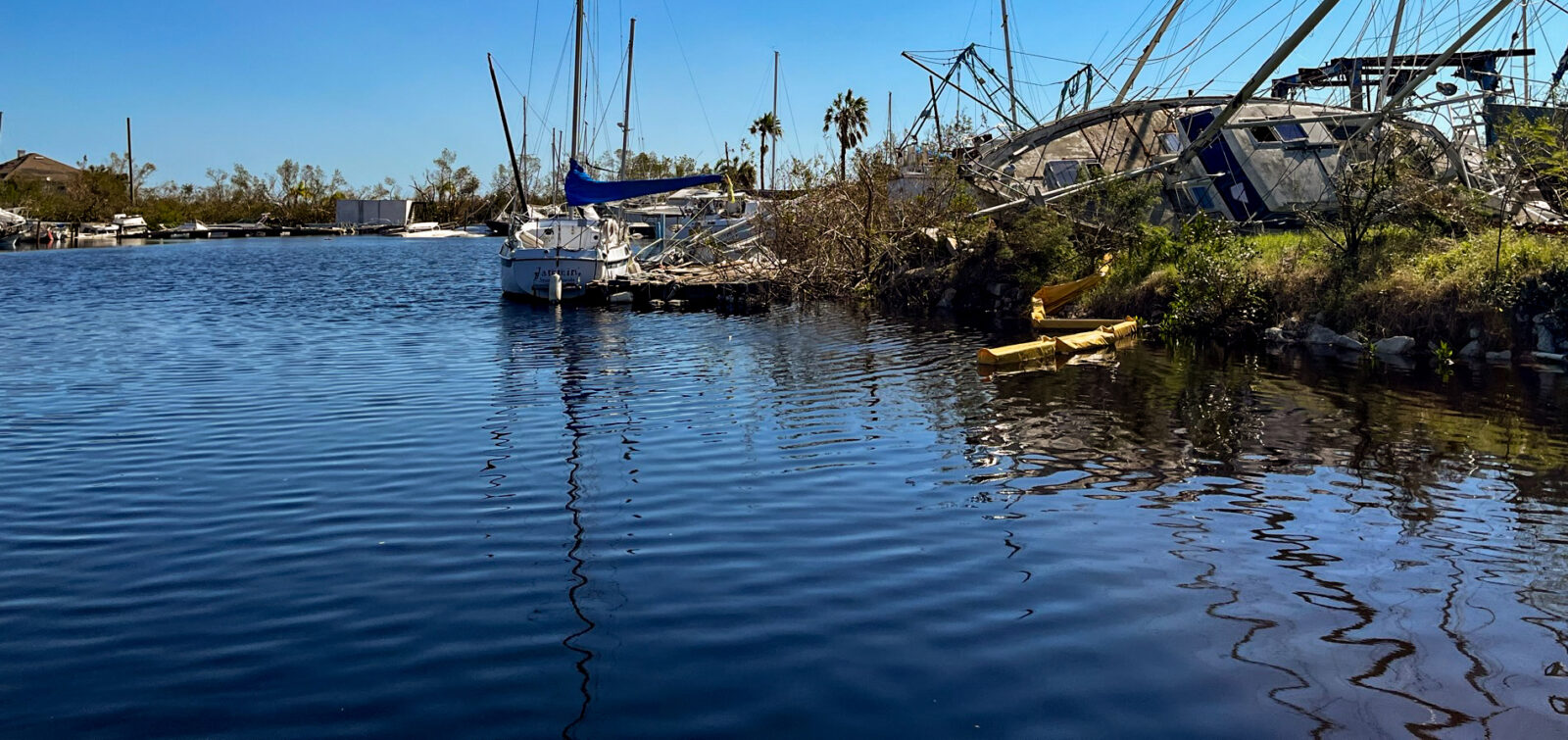ESA’s team encompasses an interdisciplinary team of environmental planners, land managers, ecologists, hydrologists, biologists, geomorphologists, engineers, water quality specialists, software engineers, geospatial specialists, and landscape architects working together to create solutions for our land management clients. With such robust service offerings, we keep our fingers on the pulse of some important trends in the Natural Resources Management market, including the four listed below.
1. Significant increases in federal and state funding and initiatives that prioritize climate and coastal resiliency as well as landscape conservation.
Through bills like the Infrastructure Investment and Jobs Act (IIJA, or Bipartisan Infrastructure Law) and the Inflation Reduction Act, the US government at all levels have access to unprecedented funding for grants, subsidies, tax incentives, and loan programs aimed at promoting sustainable agriculture, climate and coastal resiliency, habitat restoration, and other resource conservation projects. For example, the IIJA includes significant funding for coastal resiliency projects to protect the nation’s coastal habitats and communities.
2. President Biden’s Executive Order to conserve 30% of lands and waters by 2030.
This Executive Order has spurred major moves to conserve and protect natural habitats and wildlands at the landscape scale. For example, according to the National Caucus of Environmental Legislators, South Carolina, California, and Hawaii are the three states to introduce bills that take steps toward the 30% by 2030 goals. Furthermore, federal agencies like the Bureau of Land Management are considering mitigation banking as an allowable land use on federal lands to further promote habitat conservation. Reaching this ambitious goal by 2030 requires thoughtful, large-scale restoration efforts and coordination across state and federal government agencies—a role ESA restoration specialists have been working in for decades.
3. Unprecedented investment funding in habitat restoration from the private sector.
Over the last several years, there has been a significant increase in private equity interest in habitat restoration projects, including wetland/habitat mitigation projects and climate/coastal resiliency projects. There has also been a significant increase in public-private partnerships to deliver large-scale habitat restoration and mitigation projects.
4. Increased interest and ability to effectively collect, analyze, and manage data related to large-scale natural resources management and restoration.
Most land management and habitat restoration actions require some level of data collection and reporting. The level and complexity in data management has increased exponentially over the past decade, making it more susceptible to errors or misinterpretation. In response, more land management entities are embracing data management systems that can effectively and efficiently track, analyze, and report ecological trends through leveraging cloud computing and machine learning. ESA brings an entire team of technology and data management system experts who design, develop, and deploy applications that are user-friendly, intuitive, and highly informative. From large federal clients like Bonneville Power Administration to smaller state and local agencies, our team keeps information at our clients’ fingertips and makes reporting—whether internal or out to the public—an integrated part of the data management process.
Want to discuss these topics further with an expert? Find us here: https://esassoc.com/market/natural-resource-management/







